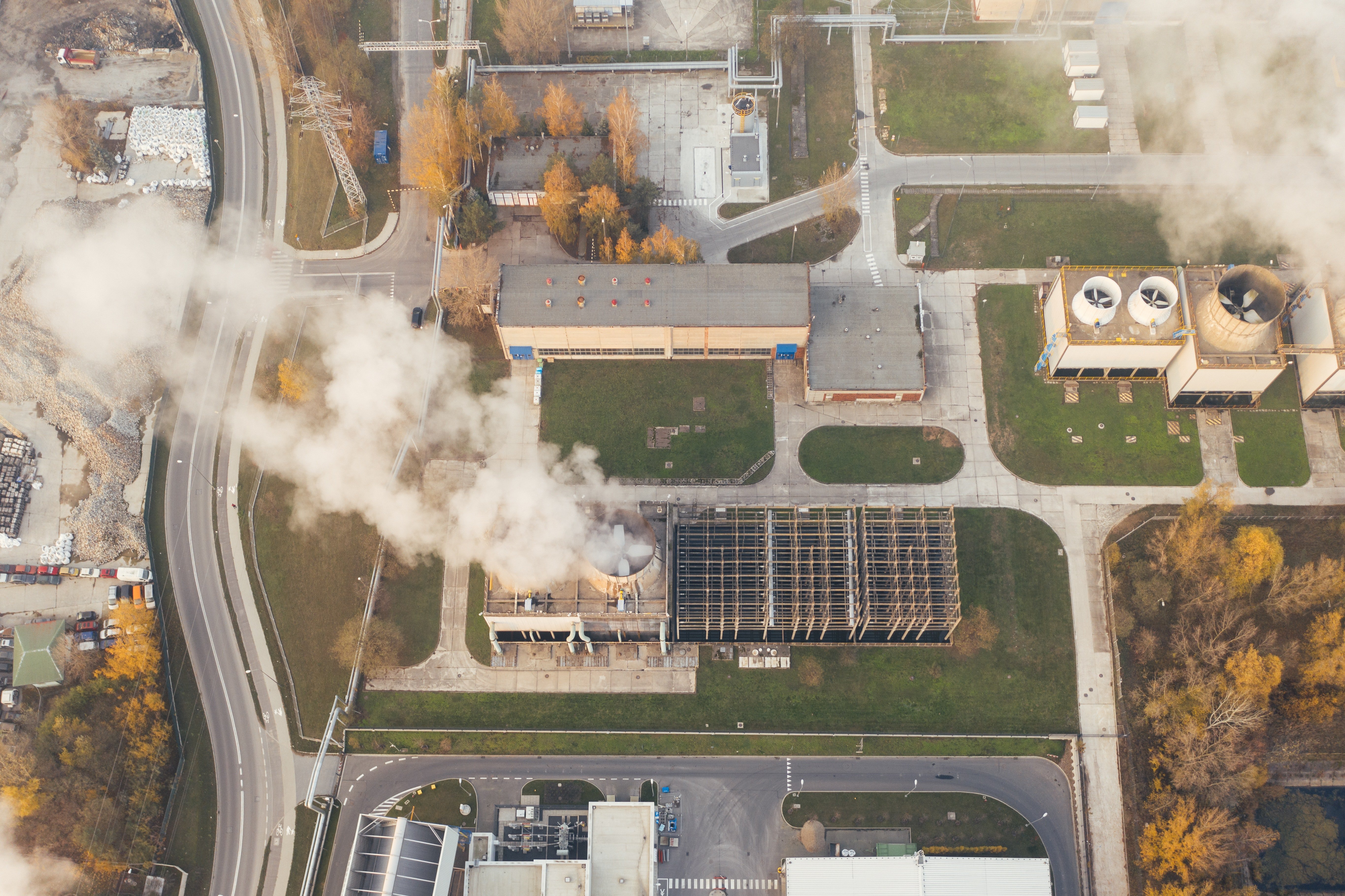Air pollution can lead to a host of health problems. It's also damaging to the environment and even the economy. Thus, monitoring and measuring air quality is vital.
In this article, we’ll take a look at precisely what kinds of pollutants air quality measures and how experts measure it, then explore how this information applies to the air quality inside your own home.
What Does Air Quality Measure?
Air quality measures the level of pollution in the air. Poor air quality has numerous adverse effects on people, society, and the environment, so tracking pollution levels is crucial.
There are two main types of pollutants experts are concerned with:
Ozone
Ozone is created when sunlight mixes with chemical emissions, such as carbon monoxide and methane.
Now, not all instances of ozone are harmful. The ozone layer in our atmosphere is vital to life on planet earth because it protects against the sun's harmful radiation. However, ground-level ozone is terrible for any biological life. It can damage the lungs over time and worsen existing respiratory conditions.
Particulates
Particulate matter is any airborne solid particle or liquid droplets of various chemicals or biological matter.
Some examples of chemical particulates include:
- Lead
- Asbestos
- Volatile organic chemicals (VOCs)
Many old homes face threats from chemical particles because builders in decades past didn’t realize various substances used in building materials were hazardous to human health. Lead and asbestos are the two most common examples.
However, even brand new homes aren’t free from chemical particulates. Paint fumes, cleaning supplies, caulks, and sealants are just a few substances that can get into your interior air and irritate your respiratory system — leading to health problems.
As for examples of biological particulates, these include:
- Pollen
- Viruses and bacteria
- Mold (usually caused by water damage)
- Animal dander
- Dust mites
How is Air Quality Measured?
Experts measure air quality using parts per million, or PPM. This indicates how many milligrams of pollutants there are per square meter of air. However, this measurement isn’t necessarily meaningful to the average person who wants to ensure the air they breathe is safe.
To that end, the US Environmental Protection Agency (EPA) developed the Air Quality Index, or AQI, to measure air pollution in a way average citizens can understand.
The AQI runs from 0-500, with higher numbers indicating more pollution. The EPA split the index into several categories based on how bad the pollution is, alongside recommendations for healthy people and sensitive groups. Sensitive groups include children, the elderly, and those with respiratory or sometimes cardiovascular health issues.
When Should You Stay Inside?
As you can see in the table below, there are recommendations for when it’s safe and unsafe to be outside.

An AQI of 50 and under should be good for nearly everybody. Nearly every state in the US sits at or below 50. Some occasionally go right above 50. Still, some individual cities or even areas within states may see higher AQI numbers.
Once the AQI climbs above 50, those with sensitivities are usually better off staying inside. Healthy individuals can still be outside, but as the numbers climb, they should minimize time spent outdoors.
As the AQI approaches and exceeds 150, the air is reaching unhealthy territory. Even healthy people should stay inside. Short bursts of exposure aren’t too bad for healthy individuals, but prolonged exposure to this level of pollution can have negative health effects. Beyond that, it’s generally advisable to stay inside.
How Do Experts Get Information About Air Quality?
Various satellites and ground-based tools and instruments help the EPA and other agencies collect air quality and pollution information.
For example, the National Atmospheric and Oceanic Administration’s (NOAA’s) Geostationary Operational Environmental Satellites-R (GOES-R) monitors atmospheric particle pollution and can provide reports in five-minute intervals.
The NOAA also uses the NASA-developed Joint Polar Satellite System (JPSS) to monitor and measure particle pollution in the air. This satellite system provides more detailed data about air pollution from wildfires and aerosol movements across the planet, among numerous other pieces of information.
Does AQI Apply to Indoor Air Quality?
Discussions of air quality tend to deal with outdoor air quality. AQI is used chiefly for outdoor air quality calculation and recommendations. However, you can measure your indoor air quality, too. There are plenty of electronic air quality monitoring devices available — some list pollution in mg/m3 or PPM, but others use the AQI for your ease of understanding.
With one of these tools, you can see if you’ve got healthy indoor air. If you find that you don’t have clean air, the health of you and your family could be compromised — especially if anyone in your household has respiratory or certain cardiovascular conditions.
.jpg?width=12247&name=medify-26%20(1).jpg)
Thus, you should take steps to clean that air up. One way to do so is to get yourself a professional-grade HEPA filter. These trap up to 99.9% of bad particles in your air, leaving you with clean, healthy air to breathe.
All of our air purifiers used professional-grade filters to ensure your air stays nice and clean. Experience the difference of clean air today with one of our air purifiers.


.jpg?width=12247&name=medify-26%20(1).jpg)
